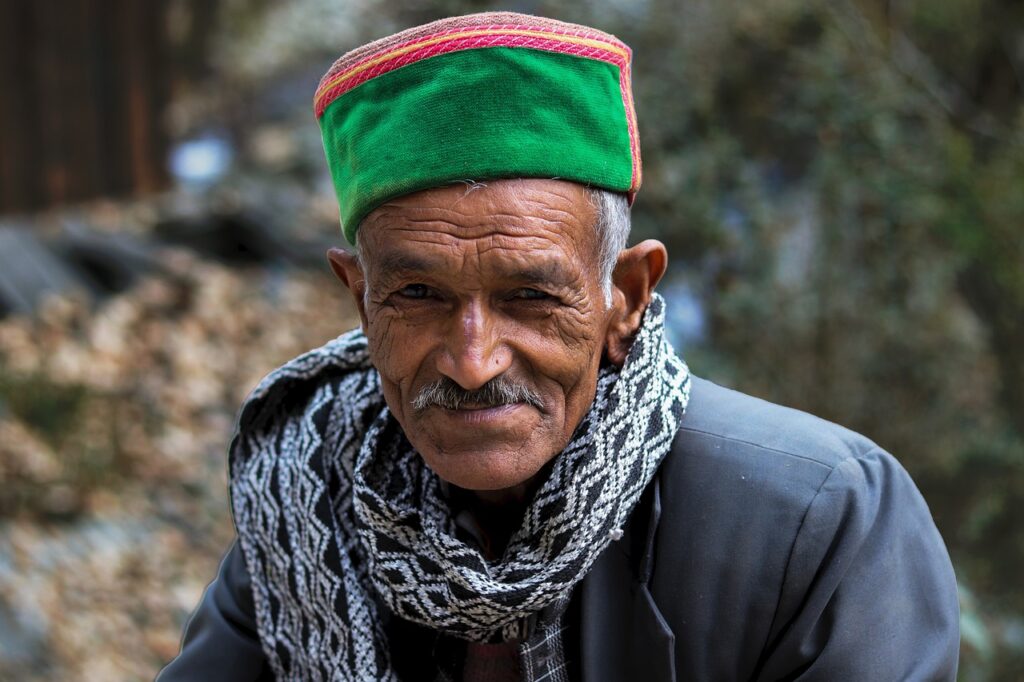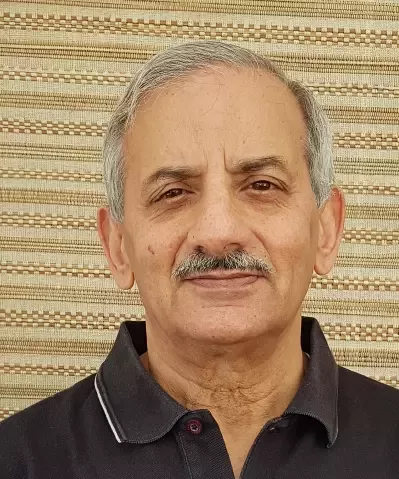Notwithstanding 88 episodes of Man Ki Baat and the chanting of Hanuman Chalisa at every street corner, India continues to be one of the unhappiest nations on earth: it is ranked at 136 out of 146 countries. But till now we were not aware of the inter- se ranking of our individual states. Now, however, we have a survey that does so, conducted by the HR firm Happy Plus Consulting . According to this report, Himachal is the happiest state in the country, and UP the unhappiest. That last bit is no surprise, actually. What else can one expect in a state where a man of holy orders is wont to issue unholy orders, where the IPC has been replaced with the JCB and where the state spends more resources on concealing deaths than on preventing them ?
But coming back to my state. I have spent 46 years in Himachal and fully endorse the finding about its pre-eminent happiness quotient and, having little else to do, will reflect on why the pahariyas are such a joyful lot. One reason could be found in another report- a survey by the online platform AMBROSIA, which tracks all things pertaining to liquor consumption in the country. According to Ambrosia, Himachal is among the seven top states in the country in terms of per capita liquor consumption. And this does not even include the “angoori” and “ghanti” brewed by just about every household in its tribal districts! The connection between boozing and being happy is difficult to dismiss. And it surely cannot be a coincidence that Punjab, the creator of the Patiala peg, is the second happiest state in India. Himachalis are aware, of course, that alcohol does not solve any of life’s problems, but then neither does water or milk, so why not give it an, err, shot? And it appears to be working.
There are other founts of happiness too. Notwithstanding the tippling, your average Himachali is a sensible chap and regards politicians like he would a canker in his apple crop. He changes the party in government every five years lest the blighters take up permanent abode in his orchard. These two fungi- the Congress and the BJP- have been exchanging power alternately for decades: not that there is anything to distinguish the two parties other than the Himachali caps they sport: the BJP cap is of a maroon shade ( soon to become saffron, I learn) while the Congress one is green ( soon to change to rainbow colours if Prashant Kishore has his way). This limited tenure in power ensures that the bulldozers are used only for road construction, illegal mining and deforestation.
Himachal has been blessed in that the it has not had to suffer the likes of the Bulldozer babas and mamas, or khela hobe didis or disappearing behenjis so far in its short history. It is also fortunate that the chameleon does not figure among its abundant wildlife- as yet. Your typical high altitude villager here, deprived of oxygen from a young age, is a simple creature and likes to see things in just two shades- black or white. A chameleon would confuse him, and detract from his happiness quotient. Which is why the imminent entry of that archetypal chameleon- Mr. Kejriwal- and his party into the state is not good news. The AAP’s smoothie of soft Hindutva, xeroxed nationalism, fake probity, and opportunistic secularism would be too complex a blend for the unsophisticated Himachali mind . Methinks the good burghers of the state may have to augment their tippling to ensure that a different coloured cap- white- does not enter the state.
The businessmen and contractors here, unlike their counterparts in Karnataka, are a happy lot too. The payola and hush money has been kept at reasonable and affordable levels and is linked to the RBI’s repo rate to negate any volatility in the market. It was not always so, till in the early 80’s a frustrated contractor from Mandi wrote to the government demanding to know what the approved rate of bribery in the state was, and requested for a copy of the relevant govt. notification. Since then the rates have been standardised, which has done much to improve the ease of doing business in the state. Now everyone is happy- the contractor or vendor knows by what percent he has to inflate his bills, the babu can better plan his retirement corpus, and the public knows exactly how many potholes to expect in every kilometer of road. Predictability makes for a sound business environment.
The primary cause of unhappiness in other states- the police- are a benign lot in Himachal. Their only “encounters’ are with the occasional bear in Bharmour, the last lathi charge was in 1982 in Bilaspur ( when I was Deputy Commissioner there and had mis-read some provisions of the CRPC), and they abhor any kind of violence like Amit Malviya abhors the truth. To prove this last point: one evening, when I was still in service, I was loitering on Mall road in Shimla, trying to decide whether I should buy a book from Minerva or have a plate of chhole bhatura in Baljee’s. Suddenly a violent fracas broke out in front of Gaiety Theater, a bunch of Haryanvi tourists expressing themselves in their lingua franca- fisticuffs, kicks, brickbats and the traditional references to mothers and sisters. Three patrolling women police constables observed the scene placidly for about five minutes and then one said to the others: ” I think we should call the police”, and off they went to the police post! If at all Himachal police indulge in violence, it is usually against their own kind, not the public, as was demonstrated last year when the Kullu SP roundly slapped the Head of the CM’s security detail. Peace and brotherliness was restored when the SP allowed himself to be walloped in return. Such understanding is rare and the citizens are a happier lot for it.
Another reason for Himachal’s happiness is that it is confident of itself as it is well represented in the country’s power structure : in Anupam Kher it has a pre-eminent bhakt ( if a doubtful Kashmiri pundit); the Great Khali was breaking heads and stones in Sirmour district long before he made it to WWE; Mr. JP Nadda, the BJP President belongs to the state; Priyanka Gandhi owns a lovely cottage near Kufri; Mr. Vajpayee used to frequently visit Prini village near Manali where he had built himself a farm house. But here, folks, is the clincher- would you not be ecstatic if you had Kangana Ranaut or Preity Zinta as your next-door neighbour ?
I rest my case.


